This article contains spoilers for The Batman in its discussion of the use of ambiguity, including in the deaths of the Waynes and in the identity of the Riddler.
Matt Reeves’ The Batman is an ambiguous blockbuster. Befitting a movie built around the character of the Riddler (Paul Dano), the film is full of implications that are left unconfirmed and even unarticulated, but they linger. This is true of the Riddler himself. When he is arrested, Officer Martinez (Gil Perez-Abraham) finds two identity cards on the suspect: Patrick Parker and Edward Nashton. When Martinez demands to know which is correct, the Riddler responds, “You tell me.”
Part of this ambiguity is pragmatic. After all, The Batman received a PG-13 rating despite surprisingly mature content. As such, Reeves’ film is often oblique in approaching its big ideas. Violence is often kept just out of focus or outside the frame. Drug use is limited to fictional drugs known as “drops.” Prostitution is implied – Bruce (Robert Pattinson) suggests Selina (Zoë Kravitz) was “compromising (herself) for money” – but never explicitly stated. However, the ambiguity runs deeper than that.
This ambiguity is most obvious in how The Batman approaches the death of Thomas (Luke Roberts) and Martha Wayne (Stella Stocker). Midway through the movie, the Riddler leaks a tape suggesting that Thomas Wayne asked mobster Carmine Falcone (John Turturro) to have reporter Edward Elliot murdered to protect some dark family secrets. When Bruce confronts Falcone, Falcone admits that Thomas asked him to put “the fear of God” into the journalist.
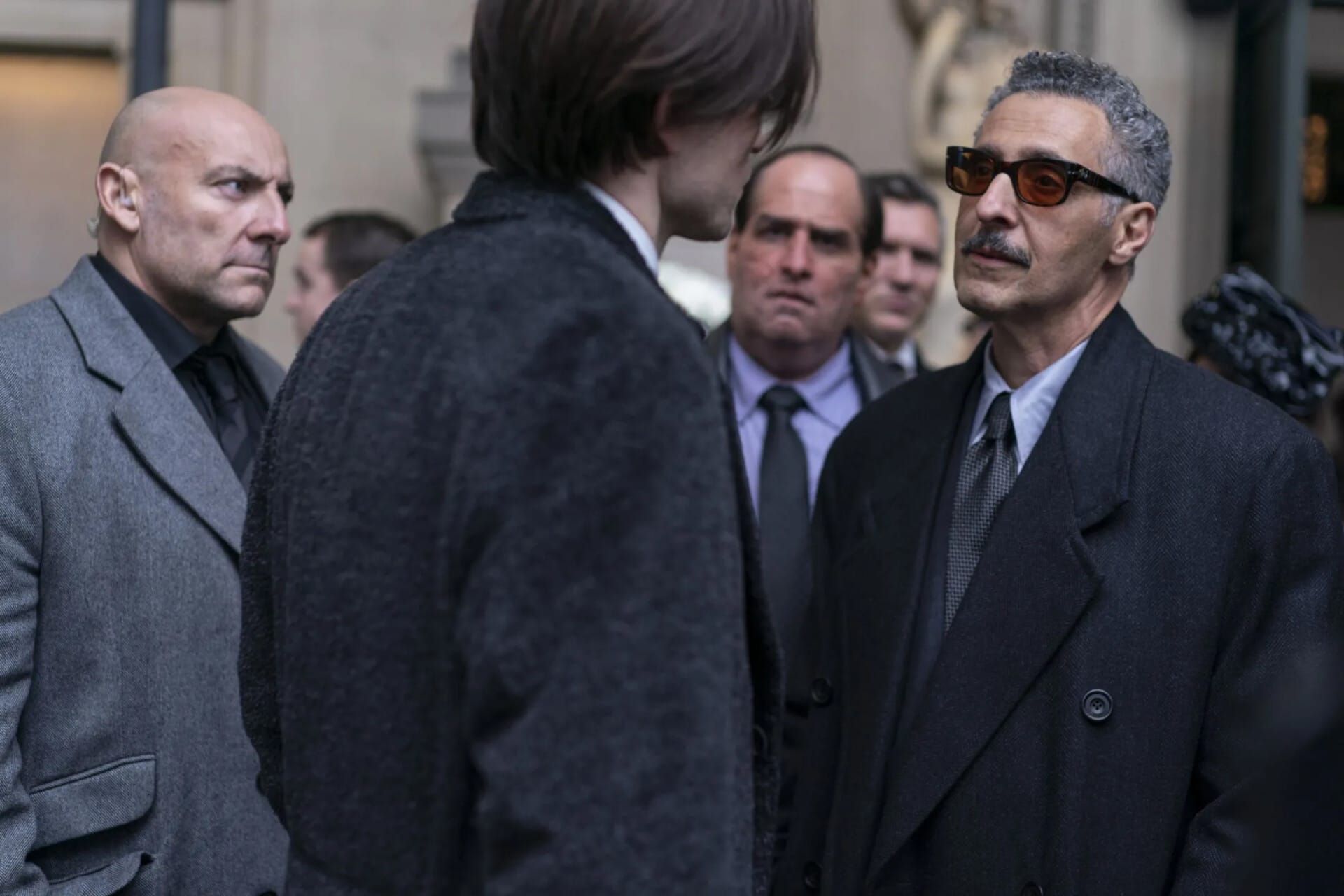
During this conversation, Falcone also insinuates that the murder of Thomas and Martha Wayne may not have been a simple mugging that went wrong. He suggests that the couple was murdered by Falcone’s rival drug lord, Sal Maroni, who was jealous that Falcone might have such an influential Gothamite “in (his) pocket.” However, Falcone couches this exposition. When Bruce presses him, he shrugs it off. “Do I know it for a fact?” he asks, before declining to offer a concrete answer.
Naturally, this news shocks Bruce to the core. Bruce confronts his father’s faithful manservant, Alfred Pennyworth (Andy Serkis). Alfred insists that Thomas Wayne was “a good man” and that he threatened to go to the police when he discovered what Falcone had done. Alfred theorizes that Falcone might have murdered the Waynes to prevent this from happening. However, Alfred also responds by admitting he doesn’t know for sure that it wasn’t just a random mugging gone awry.
Of course, in the comics, the details of the Wayne murders have shifted across various continuities. Sometimes the killer is Joe Chill. Sometimes it isn’t. Sometimes the killing is random and sometimes it is pre-planned. Sometimes it’s somehow both. Sometimes the killer is caught immediately. Sometimes the killer escapes into the night and Batman encounters him years later. What’s interesting about The Batman is that these possibilities remain deliberately nebulous.
Later in The Batman, the hero takes Falcone into police custody for the murder of Annika Kosolov (Hana Hrzic). However, Falcone is defiant. He mocks the idea that he is going to offer easy answers. “What I know – what I did – I’m taking with me to the grave,” he taunts. It’s an ironic boast, given that Falcone is shot dead moments later. Bruce will never know for sure whether Falcone was in any way responsible for his parents’ death. The question will remain unanswered and unanswerable.
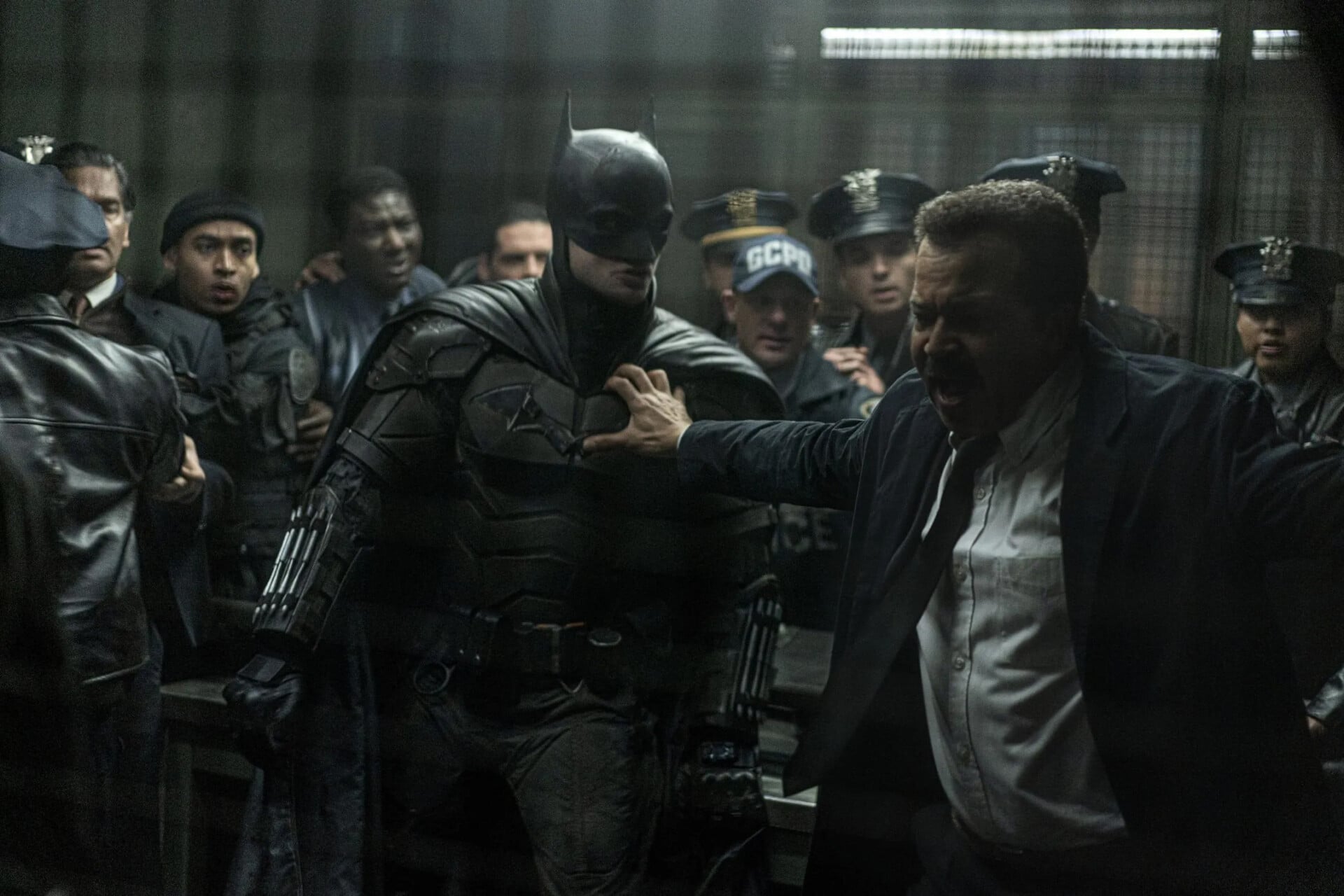
Reeves’ declined to depict the death of the Waynes on screen. Audiences have already seen the murder depicted multiple times. However, it is more than a pragmatic choice. The Batman makes the death of the Waynes deliberately ambiguous. It’s revealing that the death of Falcone is framed in such a way as to recall the Wayne murders: in an alley, under a street lamp, Bruce kneeling over him. The loss of any possibility of ever knowing for certain what happened is another death, of a sort.
Of course, it isn’t just the Wayne murders. The Batman is full of vague implications and articulations. Who exactly is the Riddler? It seems that he is Edward Nashton, a qualified accountant. Given that he was working on (or adjacent to) the Renewal project established by Thomas Wayne, would Nashton have been among the accountants that met with Bruce and Alfred earlier in the movie? Was Bruce close to him without even realizing it? The film never confirms one way or the other, just suggesting the possibility.
More than that, the Riddler is an orphan. Who are his parents? Given the emphasis that the film places on Selina and Bruce’s troubled relationships with their respective fathers, it seems strange that the Riddler’s parents are never explicitly identified. Instead, the movie hints at two oblique possibilities that are neither confirmed nor denied, rooted in the comic book lore that inspired the film.
Is it possible that the Riddler is the son of Edward Elliot, the murdered journalist? This would make him similar to established Batman villain Thomas Elliot, also known as “Hush.” The Batman hints obliquely at this, flashing the word “HUSH” on screen over a shot of Edward Elliot. The movie’s last confrontation between Batman and the Riddler riffs on their final conversation in Hush, a trip to Arkham that confronts Bruce with the possibility that the Riddler has figured out his secret identity.
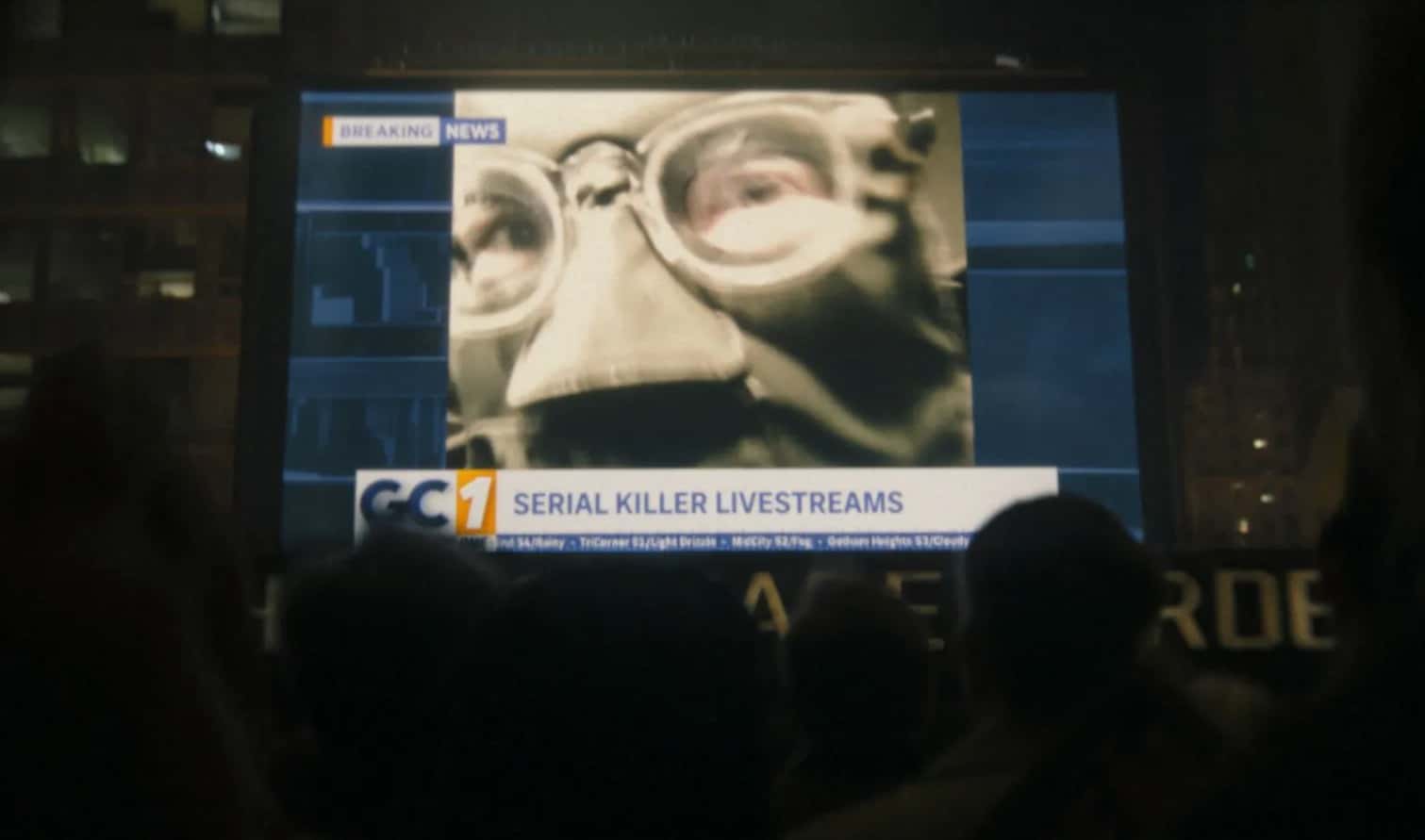
After all, there is a solid argument to be made that the Riddler was the real villain of the comic book storyline that introduced Hush, so conflating the two characters makes sense. This was the approach taken by the animated adaptation of the story. Certainly, the villain’s choice of face mask in The Batman owes more to classic designs of Hush than to traditional depictions of the Riddler. So maybe the Riddler is the orphaned son of Edward Elliot, the journalist murdered by Falcone.
There is another possibility similarly rooted in comic book lore. Both Paul Dano and Robert Pattinson have raved about Scott Snyder and Greg Capullo’s “Court of Owls” storyline. The Batman takes several cues directly from that arc, including computer-linked contact lenses and the renewal of Gotham. The movie also takes some cues from later in Snyder and Capullo’s run, particularly in the Riddler’s master plan to flood Gotham City and throw it into chaos coming directly from “Zero Year.”
“Court of Owls” is notable for introducing Thomas Wayne Jr., the man who might be (or might not be) Bruce’s secret younger brother. When Bruce visits the orphanage where the Riddler grew up, the imagery is evocative of his confrontation with Thomas at the children’s home in “Court of Owls.” The Batman makes reference to Martha Wayne being repeatedly institutionalized. Is it possible she had a child who was abandoned like Selina Kyle and who was raised as an orphan?
After all, The Batman suggests that the Batman and the Riddler are mirrors to one another. Much is made of the Riddler’s resentment of Bruce Wayne and how formative the experience of seeing Thomas Wayne speak at the orphanage was for him. The film makes much of how Bruce’s psychosis mirrors that of the Riddler, down to their obsessive journaling. Is it possible that Thomas and Martha had another secret, one that they would never dare to speak out loud?
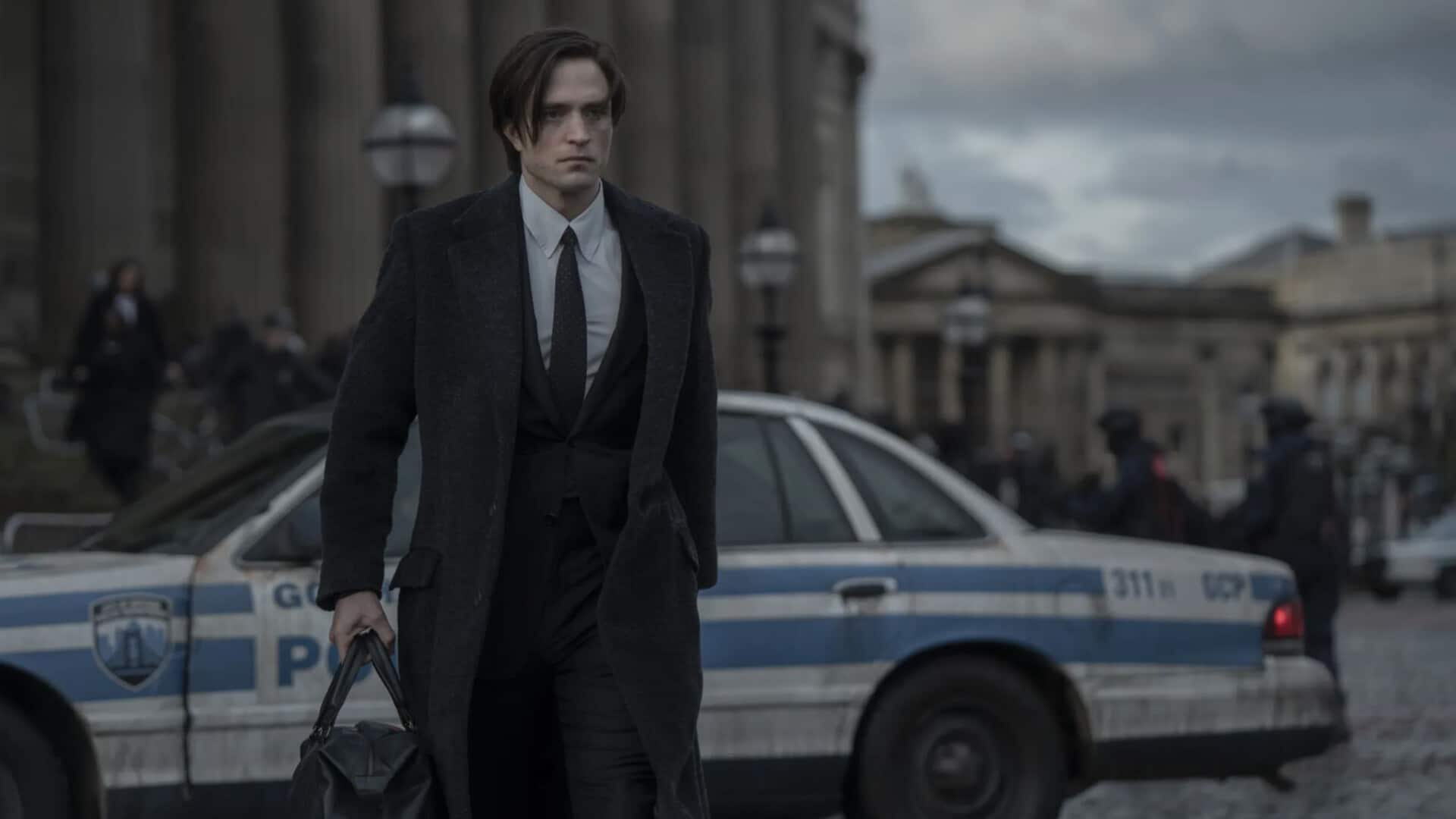
The Batman never explicitly articulates any of this. Instead, it makes the connection through inference and insinuation. The truth is that the Riddler remains a mystery. To borrow a phrase from Grant Morrison’s Batman run, the Riddler is “the hole in things.” In his journals, he ruminates on the importance of forcing people to confront questions that exist without easy answers. He is fundamentally unknowable.
This is an interesting point of distinction between Matt Reeves’ take on the Caped Crusader and the work of Christopher Nolan. Nolan worked hard to explain the world of the Dark Knight, to make it knowable. He provided as rational an explanation as possible for the hero, from the use of bat imagery to the choice of spikes on the gauntlets. The Joker (Heath Ledger) is such a threat in The Dark Knight because he confronts and challenges this rationality.
In contrast, The Batman suggests that such uncertainty is not the exception, but the rule. The world is not a rational place with easy answers. It’s a bold choice, particularly in an era where most mainstream blockbusters pull away from ambiguity and instead are constantly telling their audience exactly what to think and feel in reaction to their characters and narrative. It’s a risky move in an era where snarky internet film critics are quick to label any narrative lacuna a “plot hole.”
Then again, it adds to the movie’s relevance. After all, it releases into a world where audiences know they cannot even trust what they see with their own eyes. Misinformation travels widely and quickly. Nobody knows who they can trust. The Batman captures this sense of uncertainty by largely avoiding definitive answers, instead allowing the audience to ask their own questions.

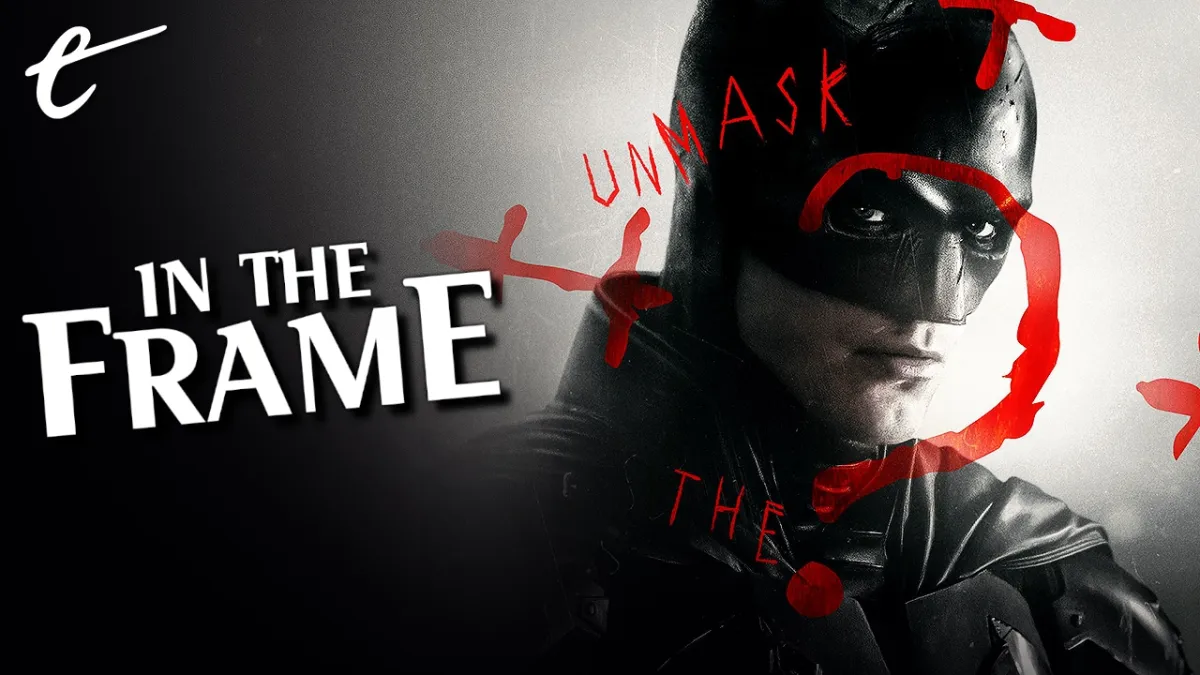




Published: Mar 7, 2022 11:00 am